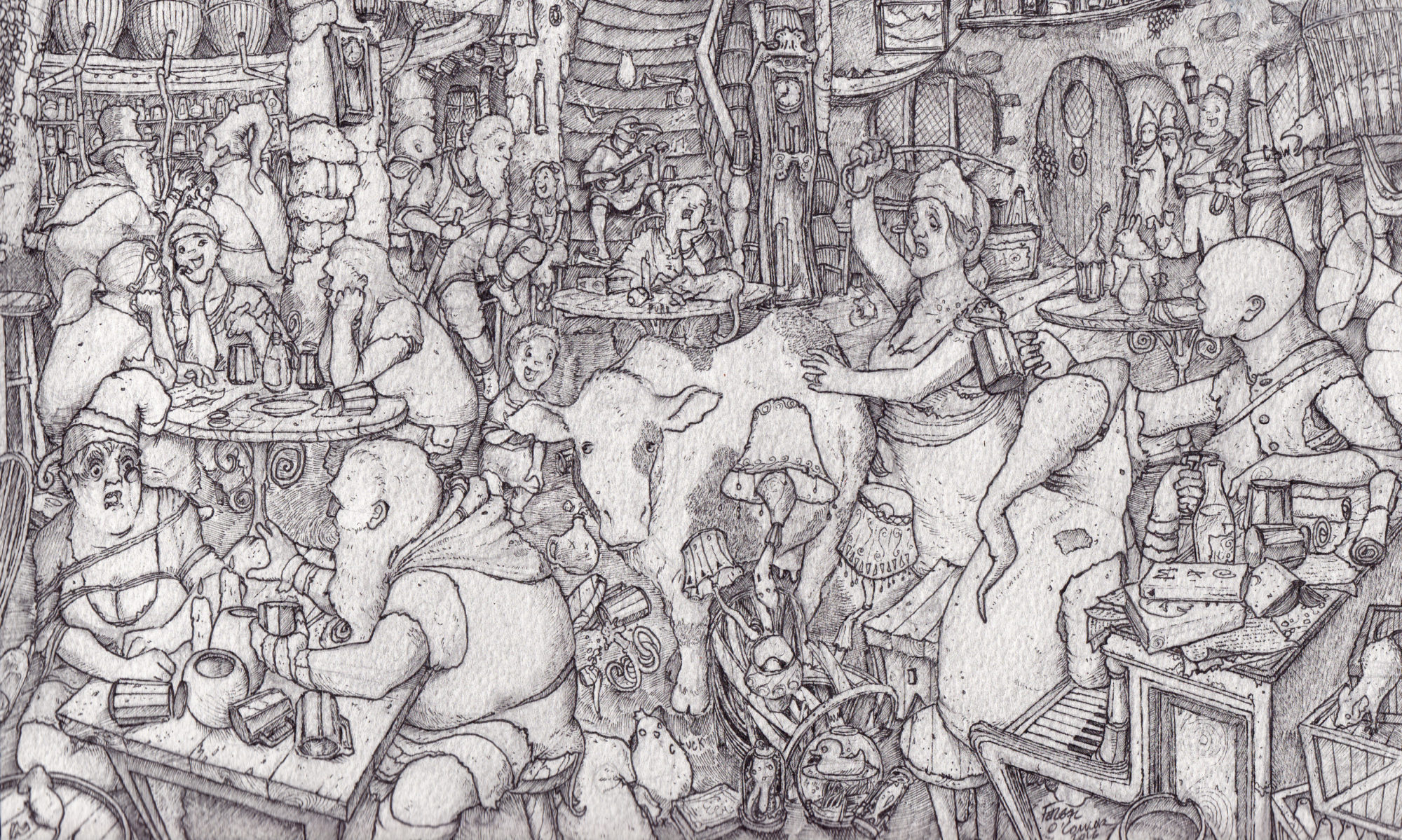The resource differential between the lowlands city-states and the highlands of the Doon subcontinent drove economic development in both.
Geologically, the lowlands of Treveriane were mostly sedementary rock. Prevailing easterlies blew nutrients and plant matter to the fields, but the soil was largely devoid metals. Those same winds caused frequently flooding, and the tectonic instability that made Treveriane sink caused frequent earthquakes. The lowlands were thus a poor source of metals.
Meanwhile the highlands were rich in iron, nickel, and tin, and devoid of air. Agriculture was challenging, often impossible. The mountains broke up the wind, and much of the highalands were impromptu deserts, poorly watered. Often the best land was above the treeline.
The driving exchange is then food for iron. In years past it was food for tin and food for bronze. The lowlands have furthermore developed coking furnaces and foundries, but find that moving coal, including coke, is difficult to do up and down a cliff. The amount of iron that needs to be moved to create one unit of steel is significantly less than the amount of coal needed for the same. Now much of the flow of metal is iron down the hill, as it’s called, and food up it.
